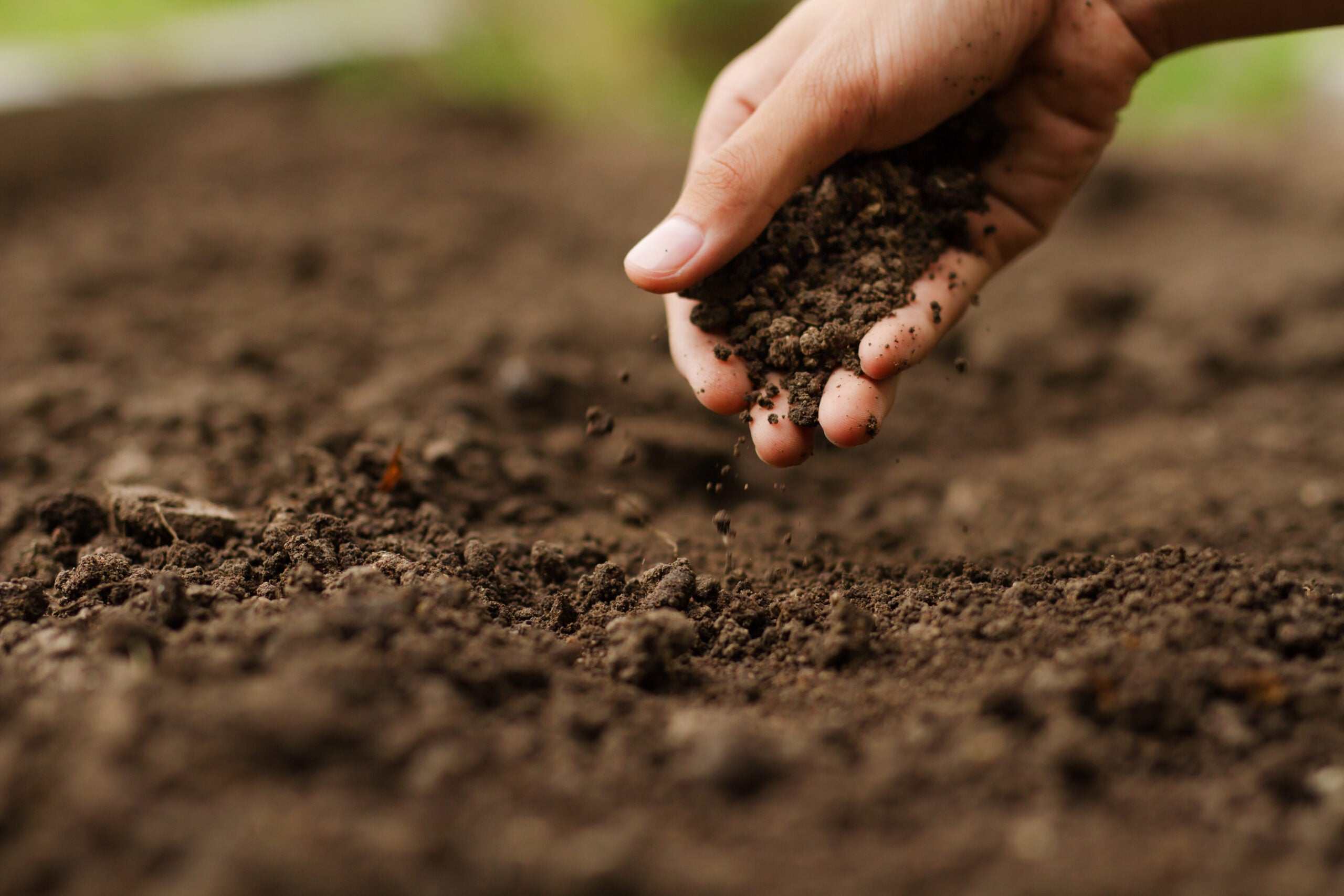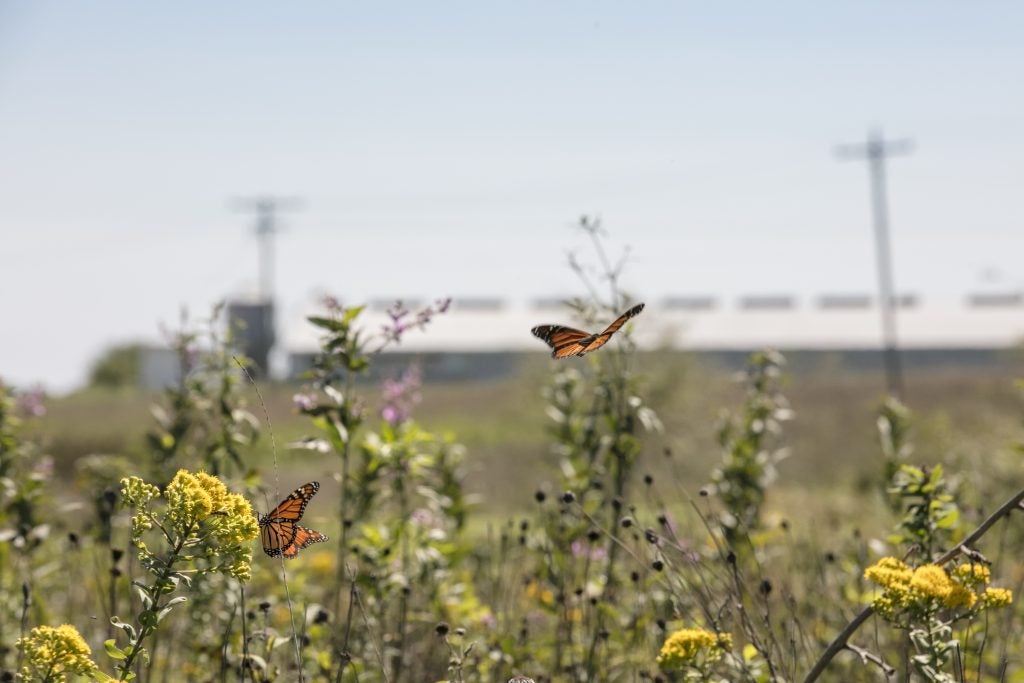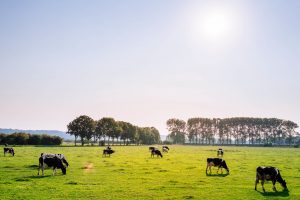Carbon markets and carbon monitoring programs track changes in cropland soil carbon stock over time to determine how agricultural management practices impact carbon storage in soil.
Soil carbon stock is typically measured by taking soil samples prior to the adoption of a new farming practice, followed by additional sampling after the practice has been in effect for several years.
However, commonly used methods to measure soil carbon stocks may not accurately capture how that carbon is changing over time, potentially undermining important mitigation efforts.
We need scientifically robust and accessible ways to measure soil carbon to ensure that different practice changes deliver reliable results. New research from Environmental Defense Fund highlights two best practices for measuring carbon in soil.












 The White House Council on Environmental Quality (CEQ) recently released an intriguing report on how the United States can transition to a low-carbon economy by 2050 while continuing economic growth. The report gives a starring role in this job to agricultural lands.
The White House Council on Environmental Quality (CEQ) recently released an intriguing report on how the United States can transition to a low-carbon economy by 2050 while continuing economic growth. The report gives a starring role in this job to agricultural lands. The U.S. Department of Agriculture just published an important roadmap for America’s farmers and ranchers to measure their greenhouse gas emissions and evaluate opportunities for reducing them.
The U.S. Department of Agriculture just published an important roadmap for America’s farmers and ranchers to measure their greenhouse gas emissions and evaluate opportunities for reducing them.